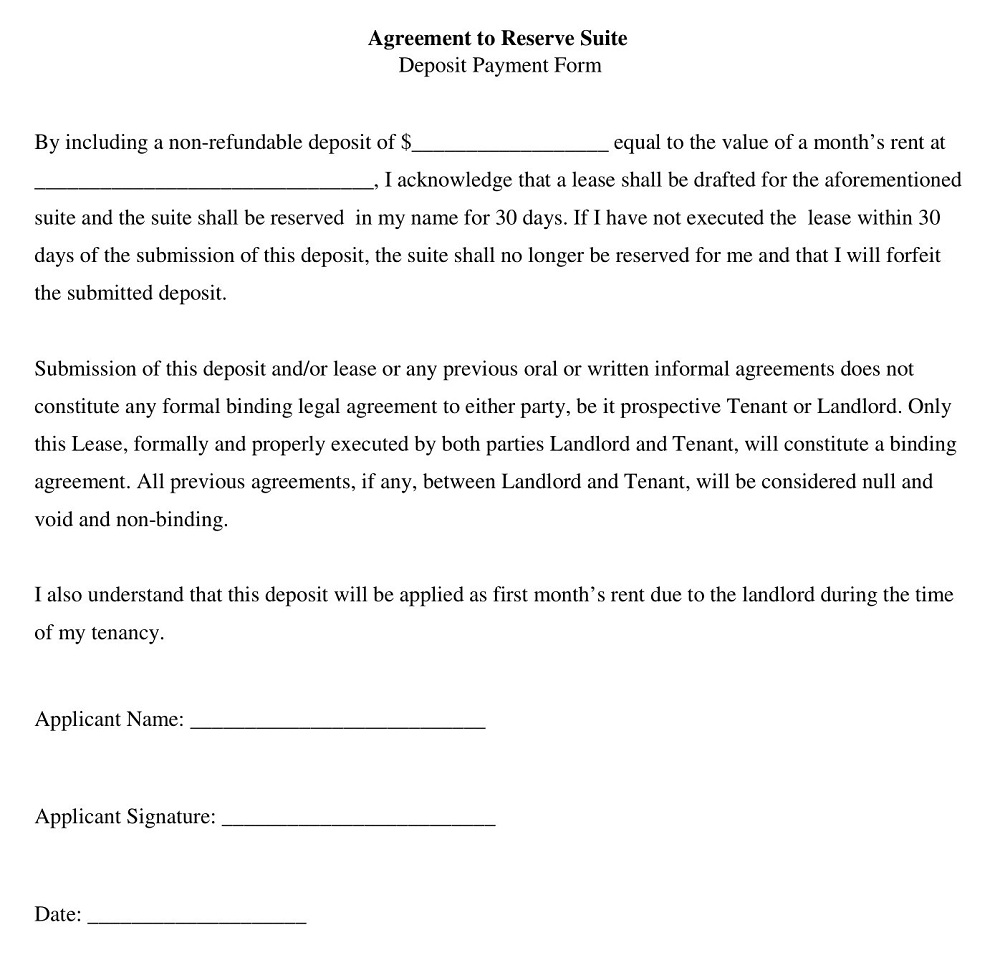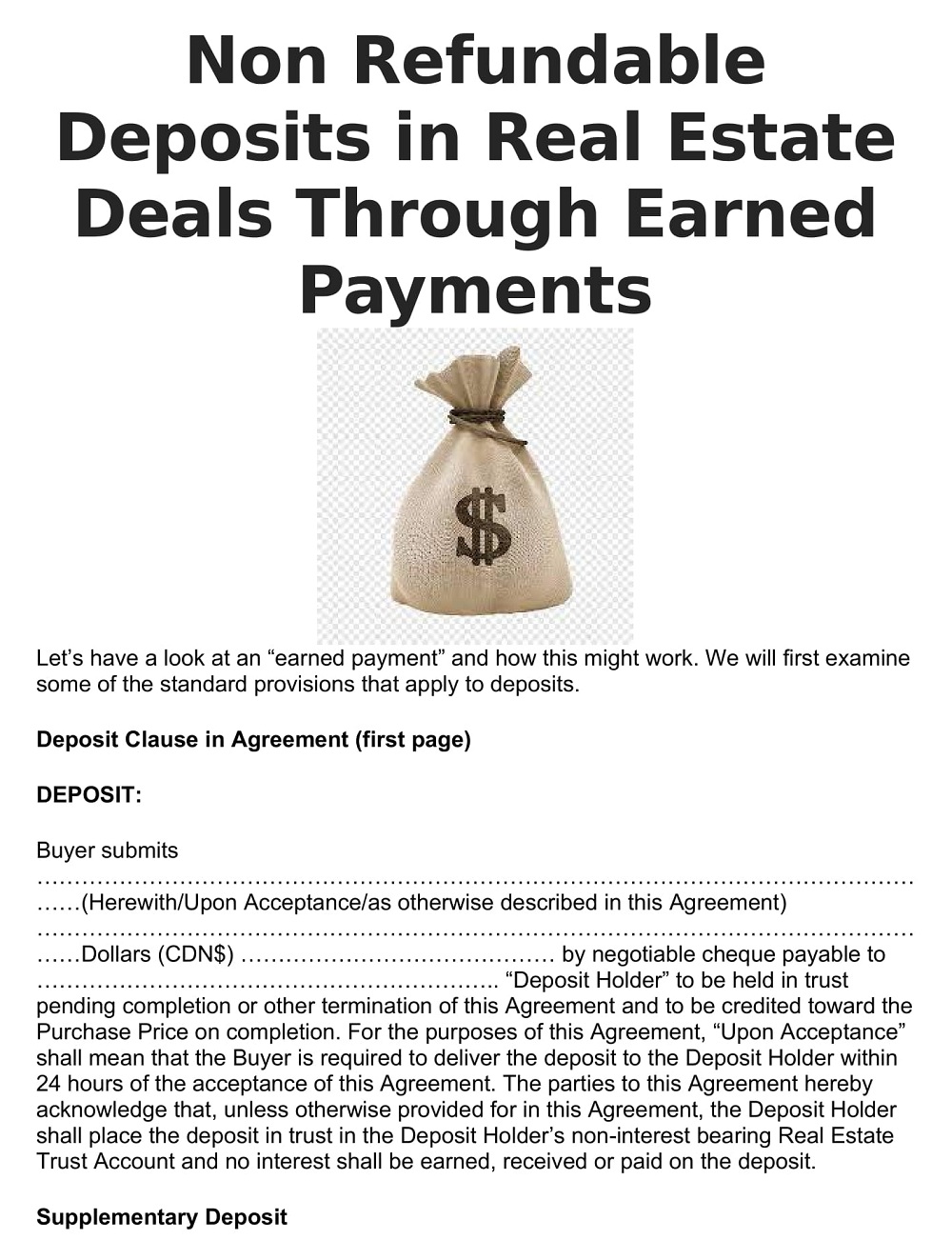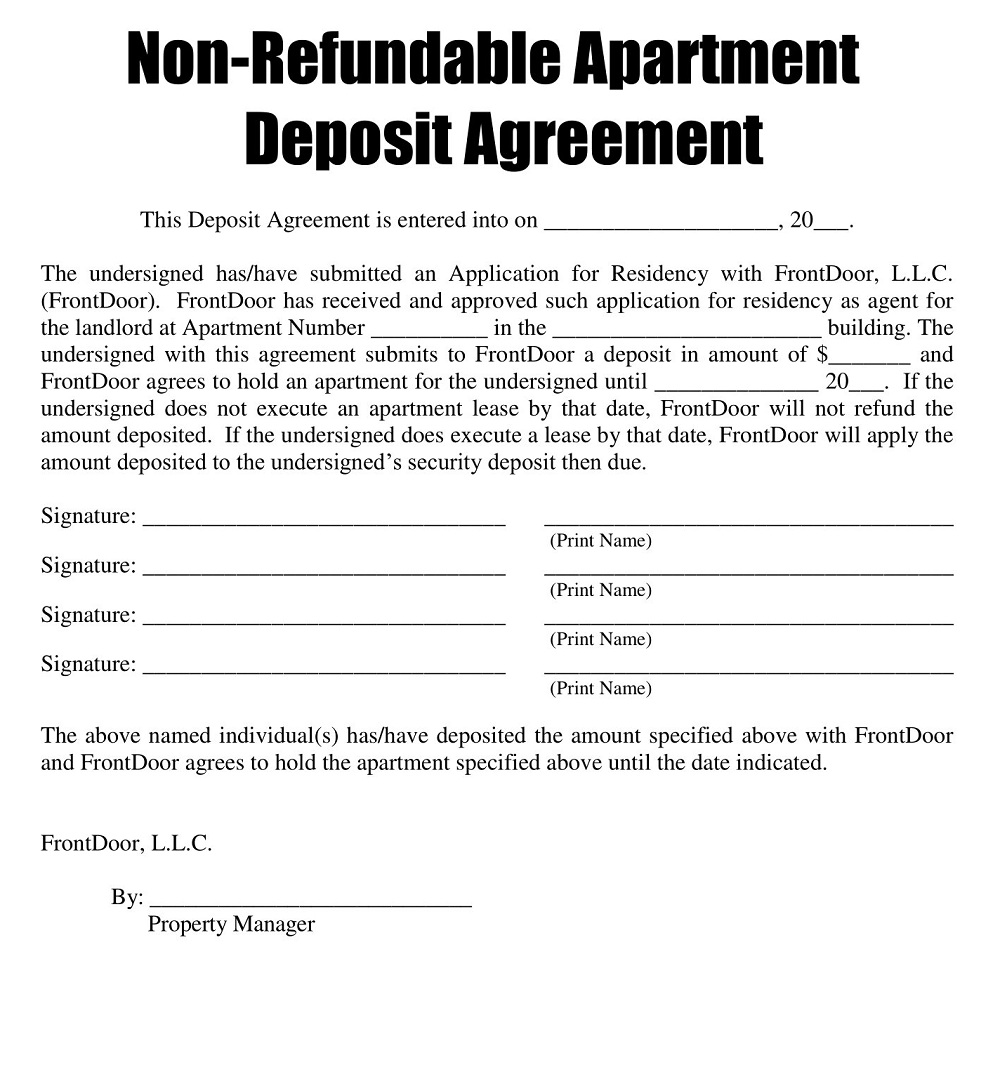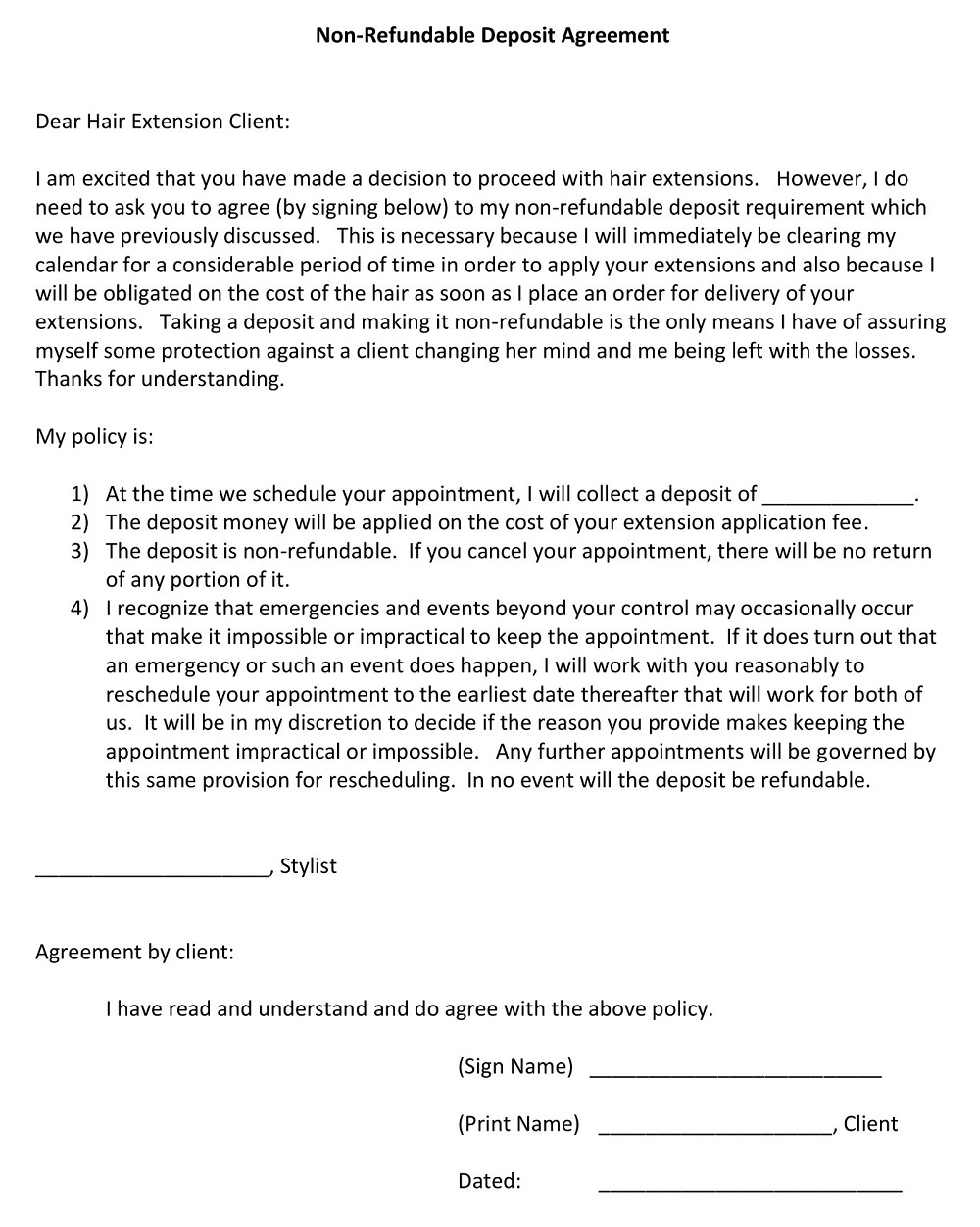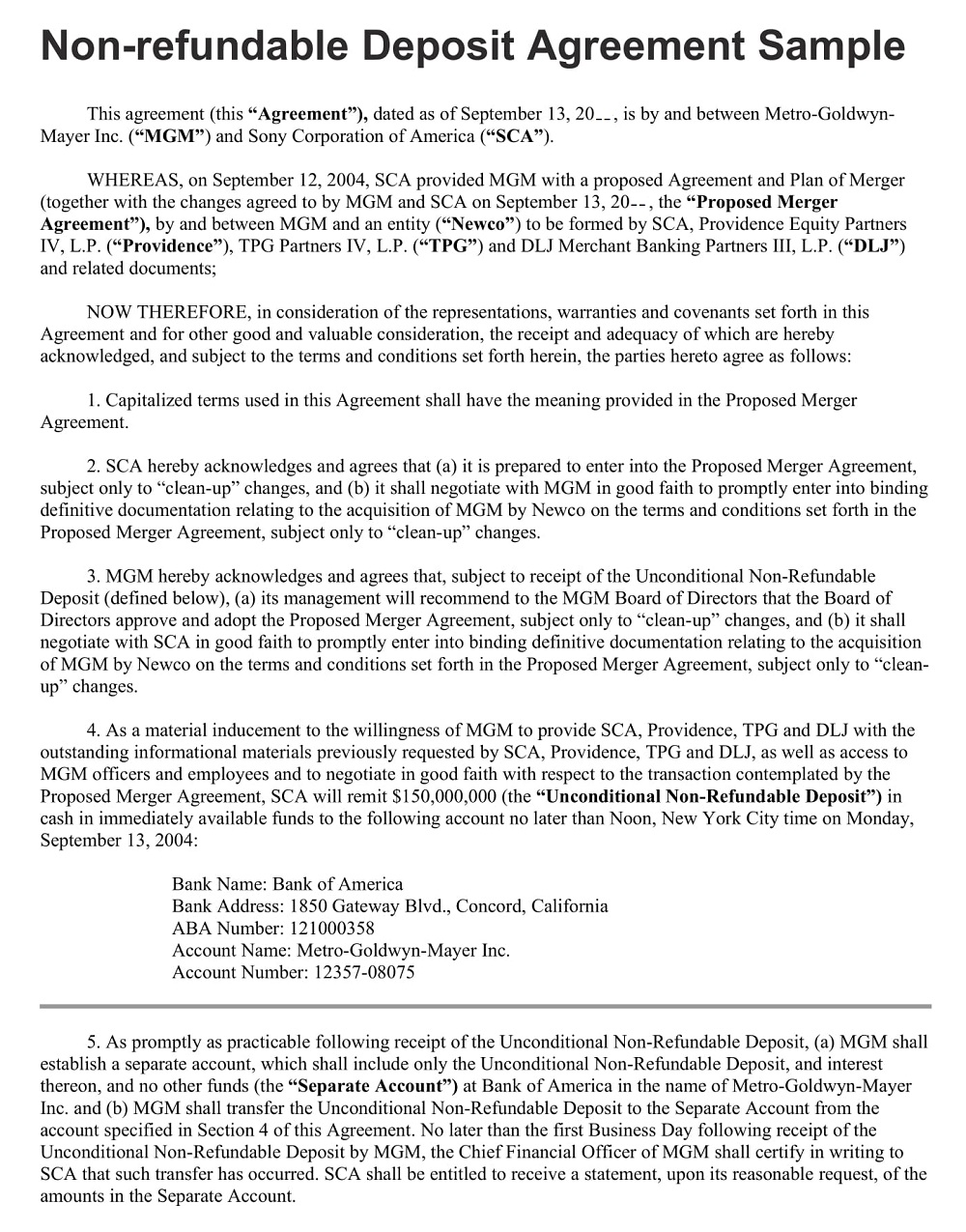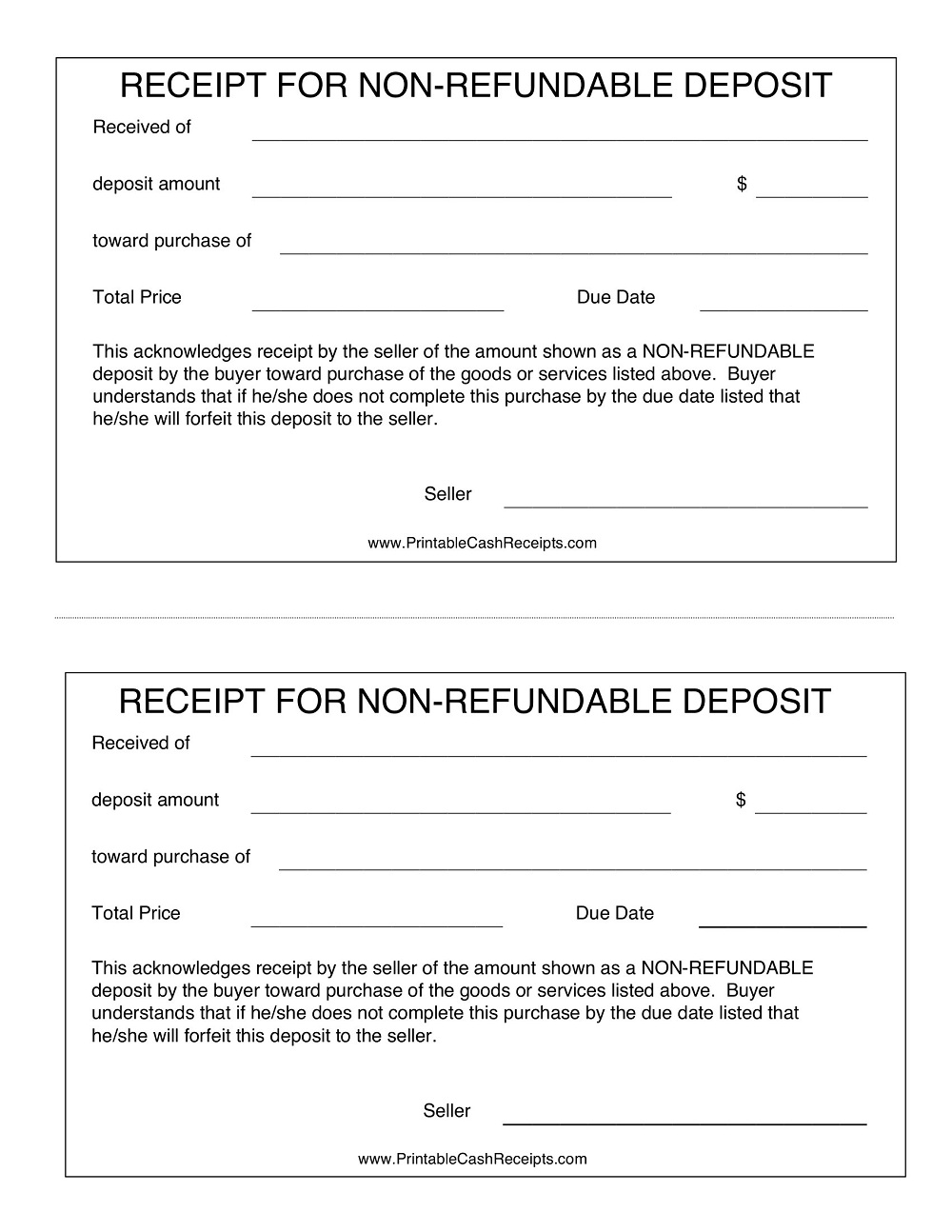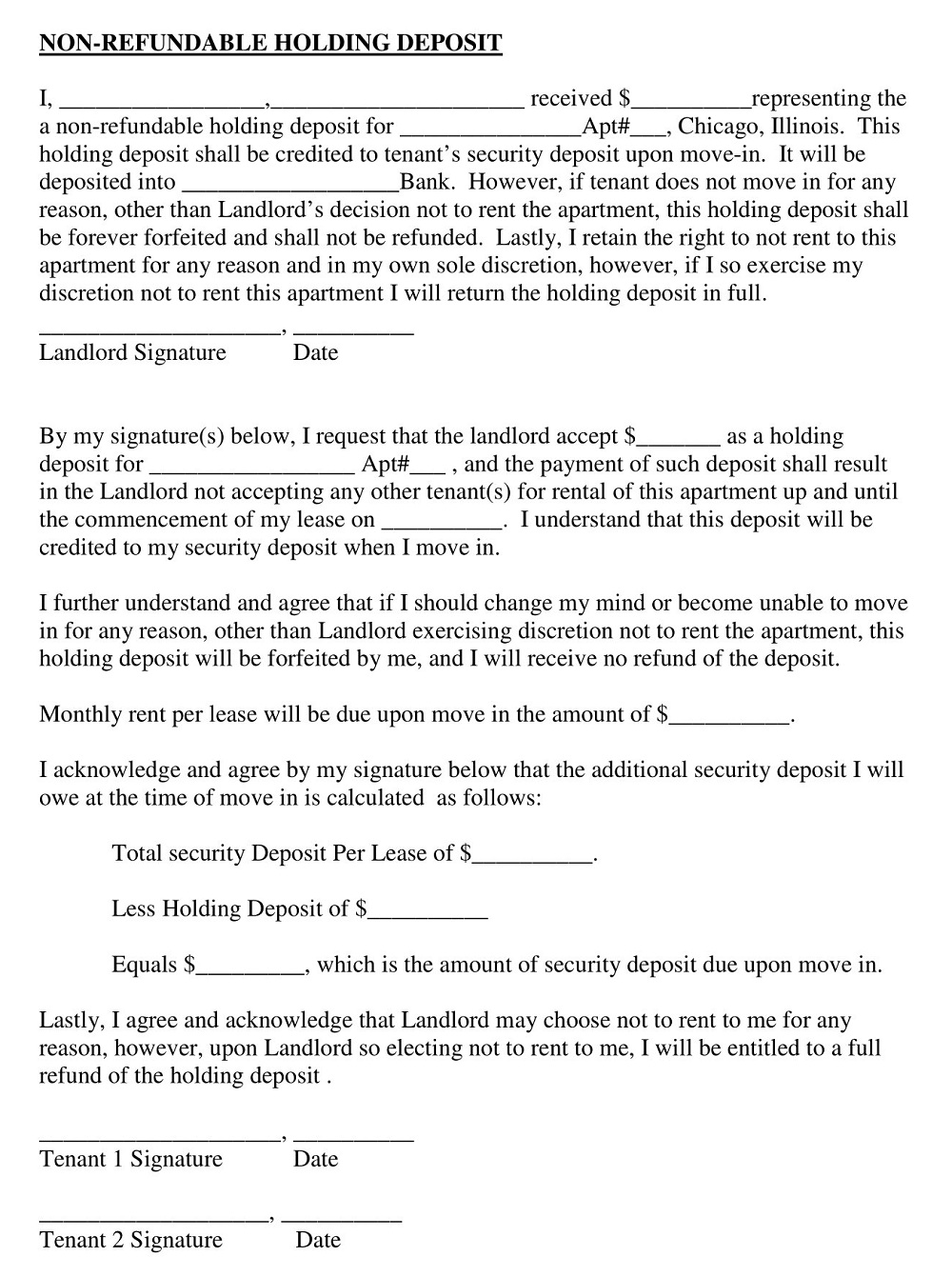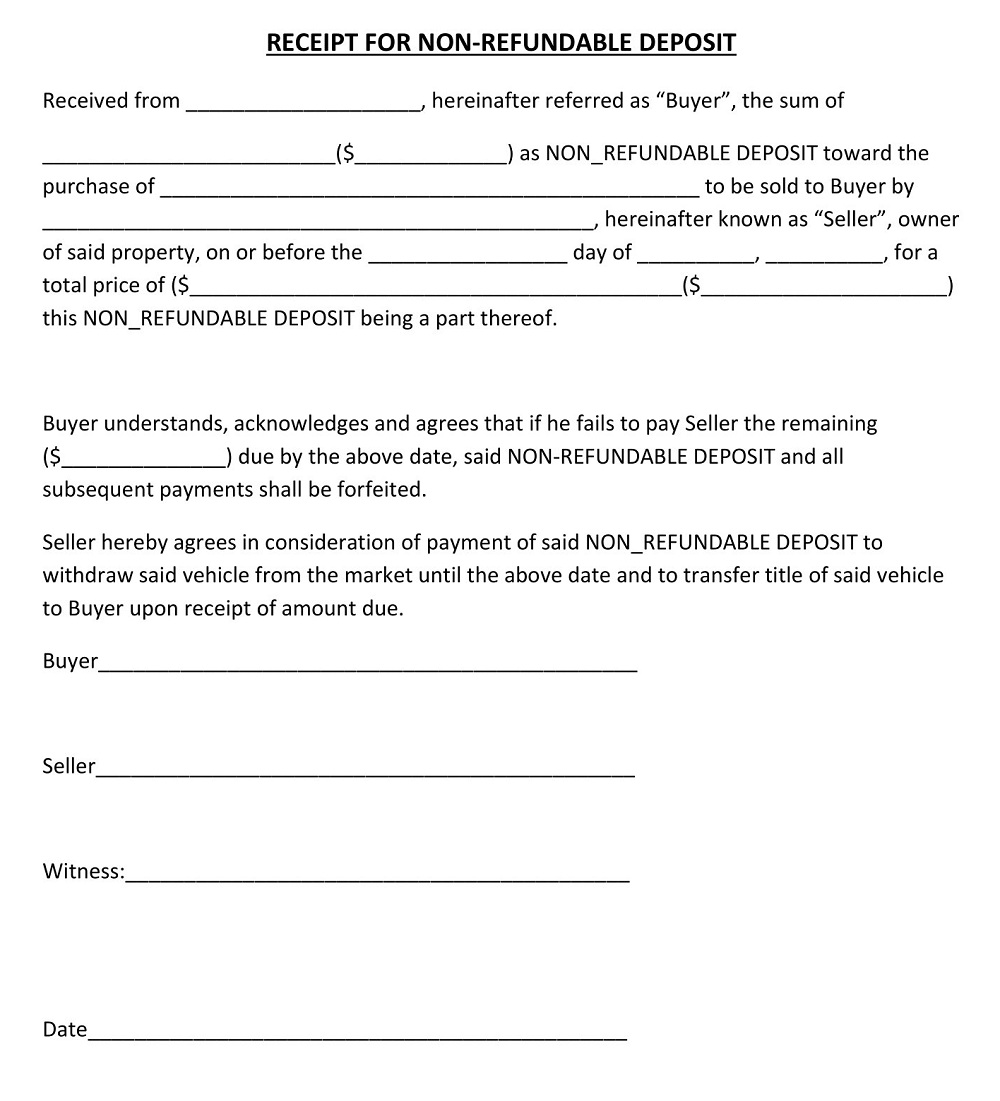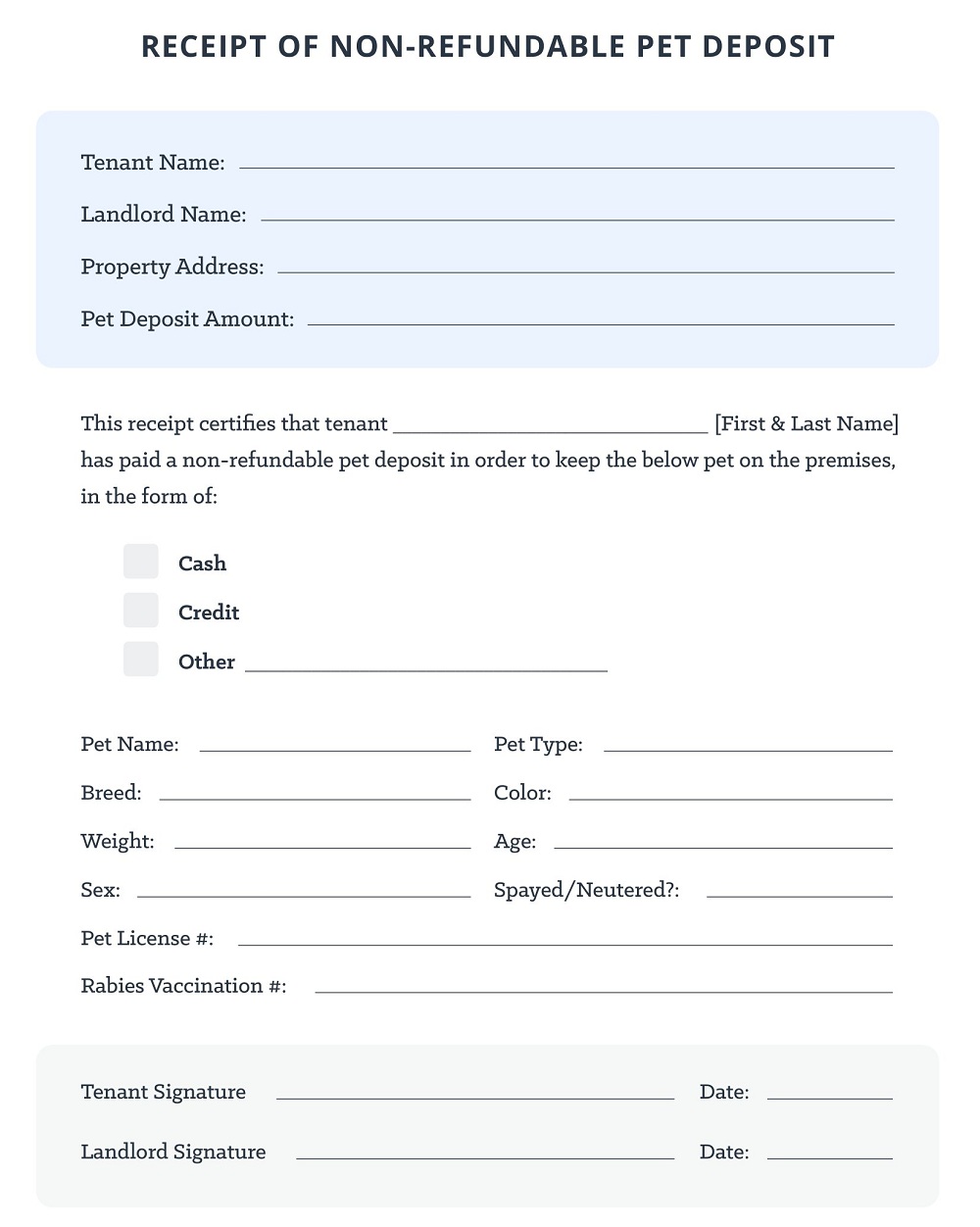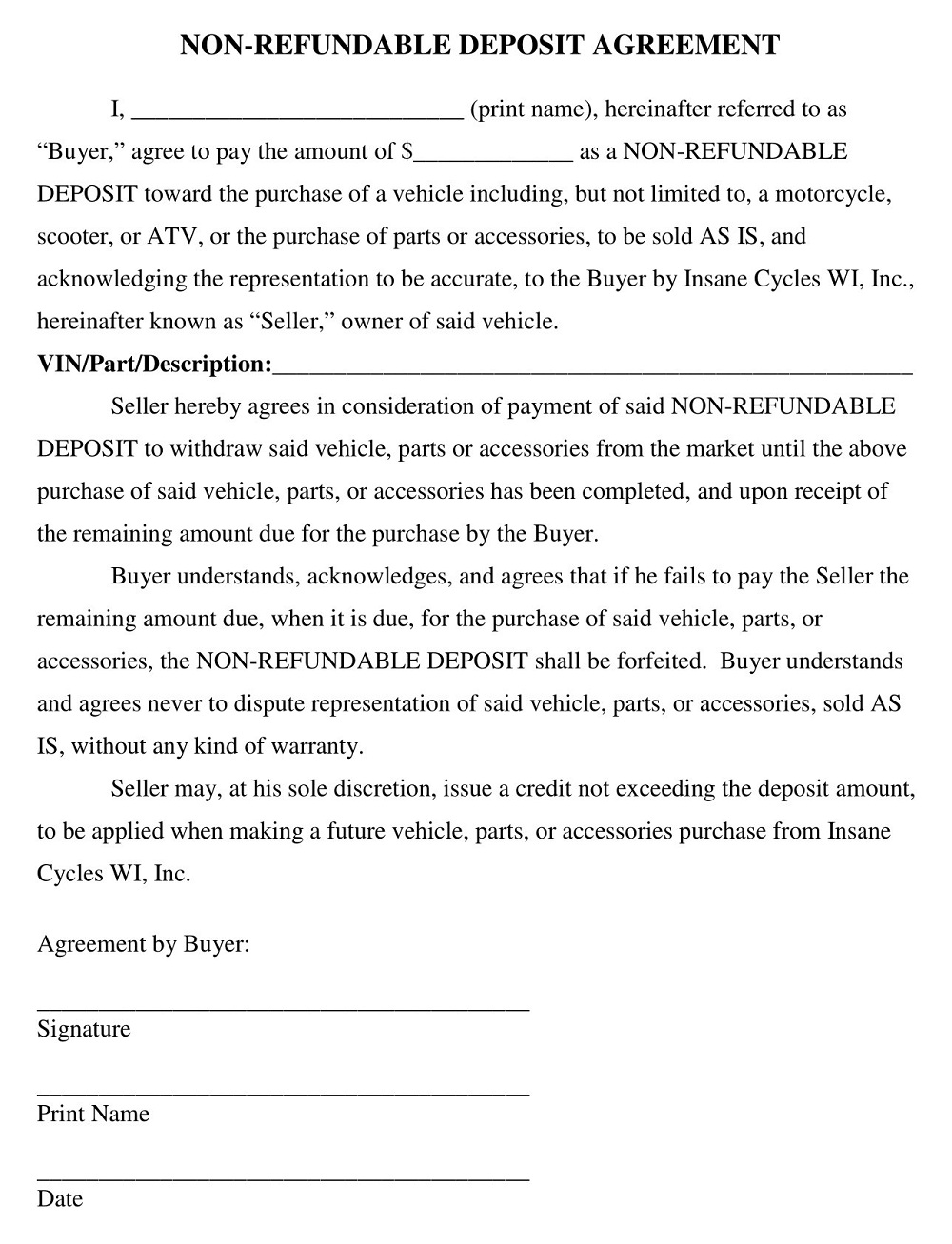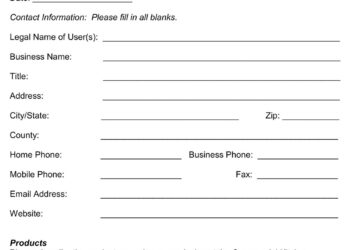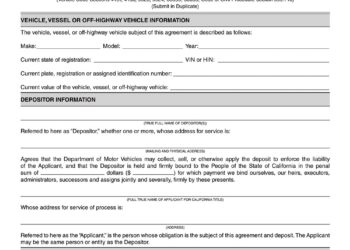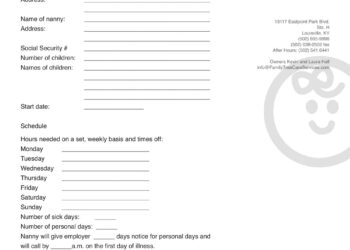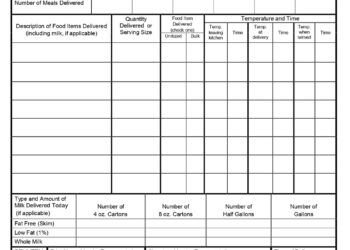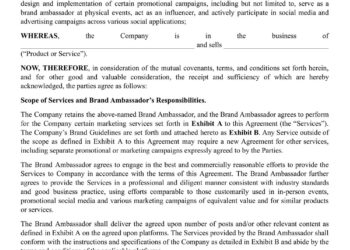A non-refundable deposit agreement template efficiently establishes a binding contract with clients while handling their deposits. It outlines the terms of the transaction including what services are being provided and how much will be paid, as well as specific instructions related to the non-refundable status of the deposit. This type of agreement helps remove confusion and avoid any potential problems arising from an unclear understanding of payments and fees in advance.
Having a well-crafted template can give both parties confidence that the business relationship is secure, protecting both parties should something, unfortunately, go wrong. In this article, you’ll find a collection of free Printable Non-Refundable Deposit Agreement Templates and samples in PDF, Word, and Excel format to help you make your transaction effective.
Download Free Non-Refundable Deposit Agreement Templates
Agreement To Pay Non Refundable Deposit
|
Agreement to Reserve Suite Deposit Payment Form
|
Non Refundable Deposit Agreement Template DOC
|
Non Refundable Deposit Form Template
|
Non Refundable Deposits in Real Estate Deals
|
Non-Refundable Apartment Deposit Agreement
|
Non-refundable Deposit Agreement PDF
|
Non-refundable Deposit Agreement Word
|
Non-refundable Deposit Or Cancellation Contract
|
Non-refundable Deposit Receipt
|
Non-refundable Holding Deposit Agreement
|
Receipt for Non-Refundable Deposit
|
Receipt Of Non-refundable Pet Deposit
|
Sample Non-Refundable Deposit Agreement
|
What Is a Non-Refundable Deposit Agreement?
Non-refundable deposits are a type of agreement often used in financial transactions. They guarantee that if an individual agrees to purchase something with a down payment, the other party is assured the money even if the sale is not completed or the contract is broken. This sort of deposit can be applied for rent payments, services, and products or commodities purchased. It serves as a good-faith gesture from one party to another to secure their commitment without having to invest any further capital until the final stages of the purchase. Non-refundable deposit agreements are also beneficial when there’s a substantial amount of money involved and both parties want to avoid potential legal troubles over disputed funds.
Reasons for Requesting a Non-Refundable Deposit
There are several reasons for a business to request a non-refundable deposit, which is an initial payment made by a customer to reserve the goods or services that they intend to purchase. The most common reason is to ensure that buyers are making an honest commitment to their purchase. If a buyer makes a deposit and then decides not to follow through with the purchase, they would lose the money they had paid in the form of a non-refundable deposit. This type of system helps businesses avoid wasting time on people who are not truly interested in making a purchase and allows them to focus on customers who are serious about the transaction. Furthermore, it ensures that there will be no financial hardships put on businesses due to customer indecision or cancellation.
Negotiating with Customers over Non-Refundable Deposits
Negotiating with customers over non-refundable deposits can be a difficult balancing act of preserving relationships and protecting the business’s interests. It takes sensitivity and understanding to navigate these situations, as it is understandable for customers to feel frustrated when their money cannot be refunded. The best approach is often to explain the process plainly, emphasizing that it is in place to protect both parties from any potential misunderstandings. If possible, provide incentives such as discounts on future services or merchandise for customers who were required to make a non-refundable deposit. Showing empathy and appreciation for their loyalty goes a long way in keeping valued customers satisfied while ensuring the health of your business.
Creating a Non-Refundable Deposit Agreement Template
A non-refundable deposit agreement is an important legal document that outlines the terms and conditions of a deposit. It is important to have this document in place so that both parties are aware of their rights and responsibilities when it comes to the deposit. In this article, we will discuss some tips for creating a non-refundable deposit agreement template.
Determine the Scope of the Agreement
The first step in creating a non-refundable deposit agreement template is to determine the scope of the agreement. This means identifying what services or goods are being exchanged for the deposit, how much money is being exchanged, and any other pertinent details about the agreement. This information should be included in the agreement so that both parties understand exactly what they are agreeing to and so that there is no confusion later on regarding expectations or obligations.
Outline Payment Terms
The next step in creating a non-refundable deposit agreement template is to outline payment terms. This includes specifying when payments are due, how payments will be made (e.g., cash, credit card, etc.), late fees if applicable, and any other payment terms relevant to your business’s services or goods. It is also important to include language regarding refund requests to ensure that there are no misunderstandings about refunds down the line.
Include Expiration Date & Renewal Provisions
Finally, it is important to include an expiration date and renewal provisions in your non-refundable deposit agreement template. The expiration date should specify when the initial term of service ends and when customers may need to renew their deposits if they wish to continue using your services or purchasing your goods beyond that period. Additionally, renewal provisions should explain how customers can go about renewing their deposits if they choose to do so at a later date.
Handling Disputes over Non-Refundable Deposits
Disputes over non-refundable deposits can be frustrating situation for both the seller and the buyer, but some strategies can be deployed to arrive at a mutually beneficial solution. Stipulating the terms of the agreement upfront, including details on all fees incurred and circumstances under which a deposit might be refunded in full or part, is an essential first step for avoiding future conflict. If a dispute does arise, it’s important to stay calm, remain open-minded and negotiate rather than argue. Taking an objective view on both sides of the argument, with respect for all parties involved, may reveal common ground that was previously not seen or considered under different circumstances. If possible and necessary to avoid any bias or miscommunication, involve a third-party mediator to guide both sides through the resolution process. Benefiting from their unbiased advice can help bring both parties closer to finding an agreeable middle ground.
Reference Link



